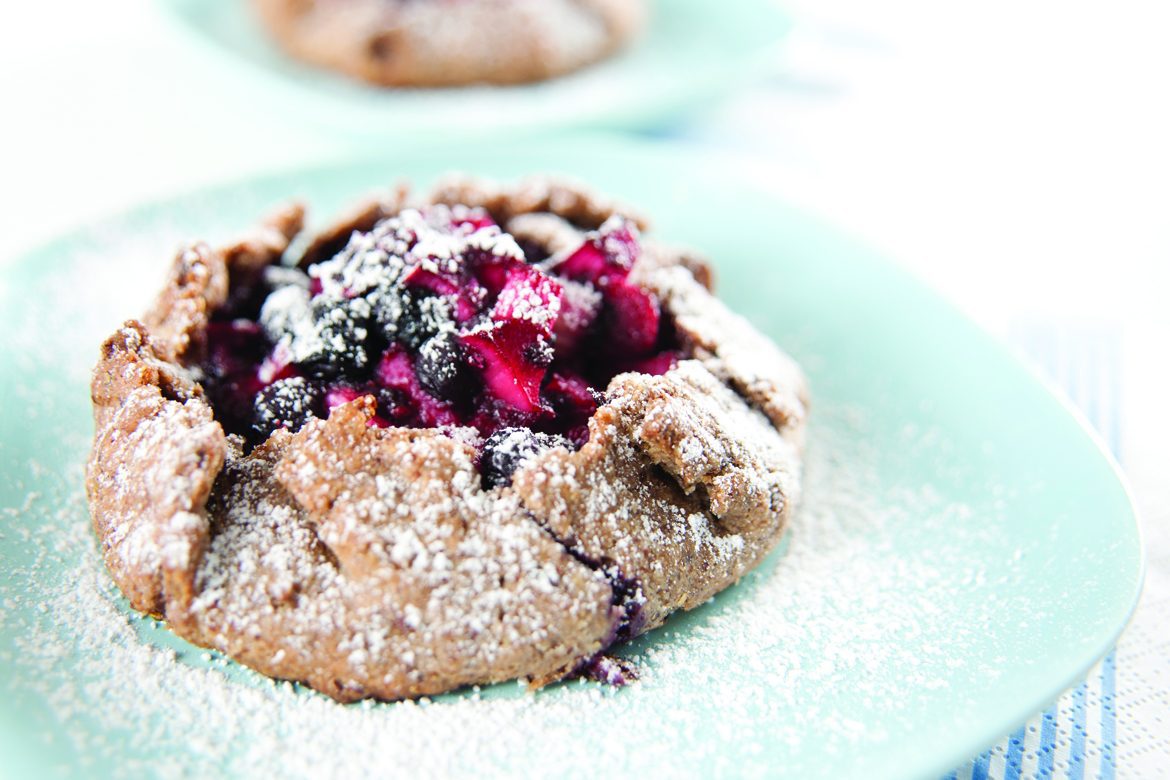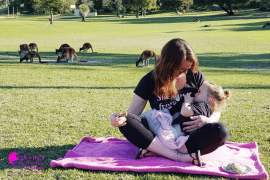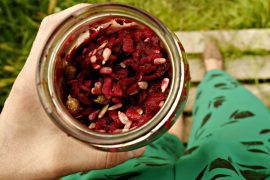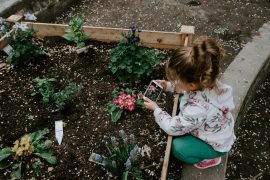By Nicola Galloway
Autumn is harvest time. Capture the fresh flavours of summer in chutneys and preserves for winter eating. In the garden it is time to make compost, and rest the garden beds over the cold months.
In the garden
We are preparing our summer garden beds for rest over winter. Pulling out the summer plants as they stop producing, adding a layer of rich compost, plus some nutrient boosters such as cow manure, comfrey leaves and seaweed. This is then covered with a layer of pea straw or overlapping cardboard and left to rest for the winter months. The winter garden is planted with frost hardy vegetables such as kale, rocket and coriander plus underground crops including carrots, beetroot, leeks and onions.
Building a compost
Having a separate compost area for garden waste is a good idea. The black compost bins are OK but will fill up fast, so if you have the space it is worth constructing a larger compost. We have built ours in a corner of the garden using several wooden pallets with boards down the front to hold the compost in place. Wooden pallets are excellent for a compost box as they allow circulation of air while holding everything in place. You can often pick them up free in industrial zones. However, the timber is not treated (which is a good thing), so they will need to be replaced every few years.
When layering compost remember to include generous layers of brown in the mix. Straw is an expensive option or untreated-wood sawdust. Or take a rake to your local park and collect autumn leaves in a large garden bag. These are also excellent mulch, spread a thick layer over garden beds or around fruit trees to provide protection from winter frosts.
In the kitchen
Make the most of the abundant autumn harvest, preserving the flavours of summer to brighten winter meals. The art of preserving is reemerging including bottling of fruit, freezing excess vegetables and making chutneys and jams. If you don’t have your own fruit trees or vegetable garden, you can purchase seconds from a local organic grower or orchard for a reasonable price. We use a water-bath preserver and recycled Agee jars to bottle our fruit. If you don’t have a preserver, freezing is the next easiest option, or research into preserving using the oven or flow-over method. There is plenty of information available on the Internet and from library books.
Recipes
The recipes included for this season are a selection of our favourite autumn fare including a delicious chutney, our regular green boost, and two yummy pies, one sweet, one savoury, to tantalize the taste buds.
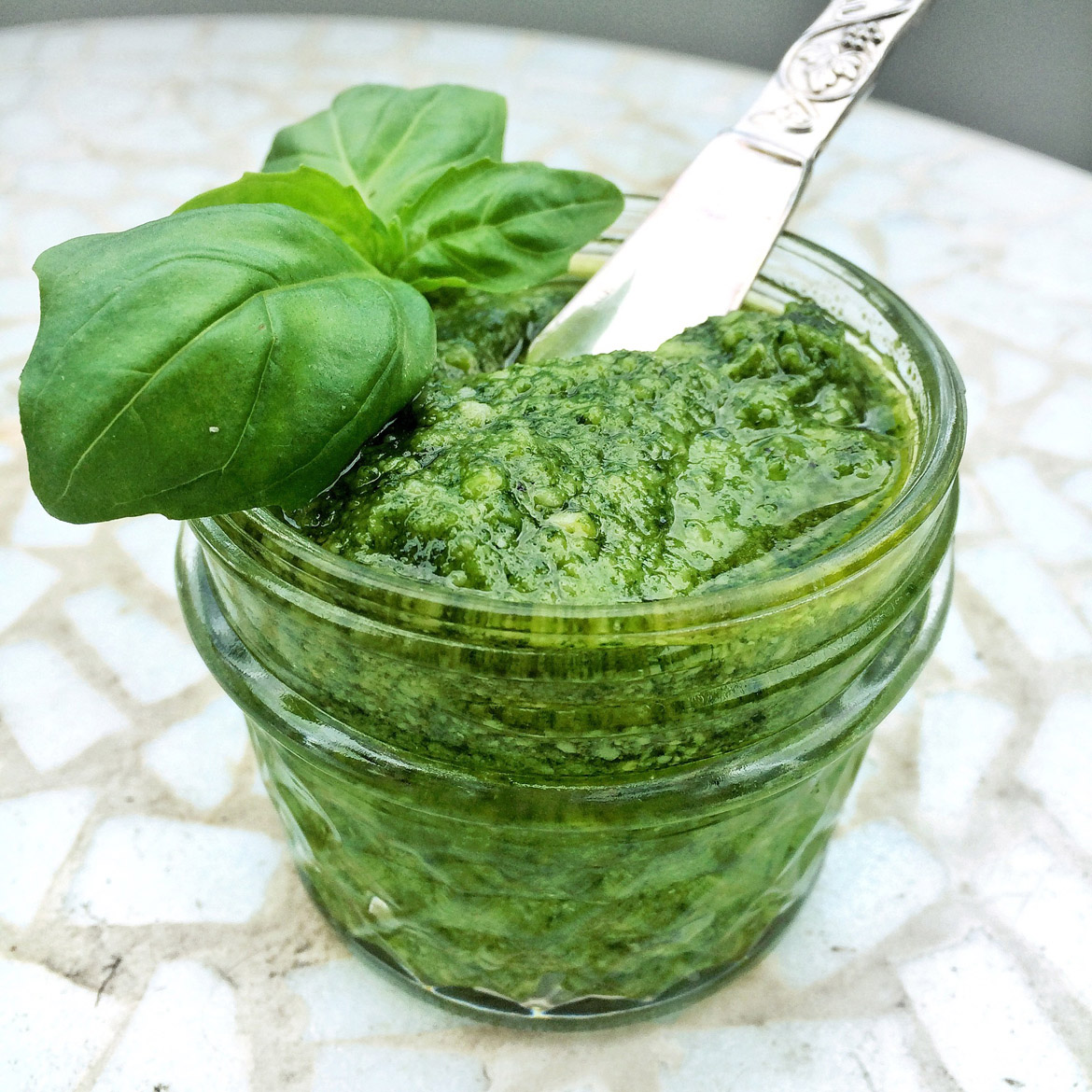
Herb Pesto
Pesto means ‘paste’ and can be made from any combination of herbs or greens including basil, parsley, coriander, spinach, rocket and watercress. Pesto can be made all year round as a green boost.
Preparation time 15 minutes
Makes approx. 2 cups
Ingredients
- Approx 2 cups packed herbs/greens
- 1/2 cup nuts; almonds, cashews, brazil nuts, walnuts; or sunflower seeds
- 1-2 garlic cloves, chopped
- juice of half a lemon
- generous handful of grated parmesan cheese
- approx. 1/2 cup extra-virgin olive oil
- Salt and pepper to taste
Method
- Put the basil (stalks included), nuts, garlic, lemon juice and parmesan into a food processor and combine. With the engine running drizzle in the olive oil to create a paste. The quantity of olive oil will depend on the consistency desired and adjust seasoning to taste. Keep in the fridge for up to a week or freeze into small containers thawing as needed.
Tip: The trick to keeping pesto from turning brown is plenty of olive oil. The oil coats the cut leaves so to protect them from oxidizing (turning brown).
*Watch a cooking-video for Herb Pesto at www.nicolagalloway.com
Feijoa and apple chutney
I have made this recipe for several years from the abundance of feijoas falling to the ground in autumn. It is delicious with cheese and crackers, on the side of Silver beet and Feta Tart, and an excellent marinade to tenderize meat. It will keep well for up to a year as long as jars are properly sterilised.
Preparation time 30 minutes plus 2 hours for standing
Cooking time 2 hours
Makes approx. 6 x 300 ml jars
Ingredients
- 1 kg feijoa flesh, roughly chopped
- 1 kg apples*; peeled, cored and roughly chopped into 1cm dice
- 2 – 3 onions, finely chopped
- 3 – 4 garlic cloves, finely chopped
- 2 cups raisins or sultanas
- 1 red chili, chopped or 1/2 tsp cayenne powder
- 2 cups raw sugar
- 1 tsp salt
- 1 tsp mixed spice
- 2 cups malt vinegar
You will need: 6 x 300 ml glass jars
Method
- In a large pot combine prepared fruit, onion, garlic, raisins/ sultanas, chilli, sugar and seasonings. Leave to stand for an hour to infuse the flavours and soften the fruit.
- Add the vinegar, mixing well and bring to a gentle boil. Simmer on a low heat for several hours until a thick consistency.
- Sterilise the jars (see below) and carefully fill with the hot chutney. Screw on the lids and leave to cool on a wooden board.
- Store jars in a cool, dark place. Once opened keep refrigerated.
To sterilize jars: Wash jars thoroughly in soapy water. Fill jars with boiling water and leave for one minute. Cover lids with boiling water in a bowl. Pour out the water and air dry in a dish rack. Fill with chutney while jars are still hot.
*Use granny smith apples or another cooking variety such as braeburn or Cox’s orange.
See next page for more delicious recipes…

